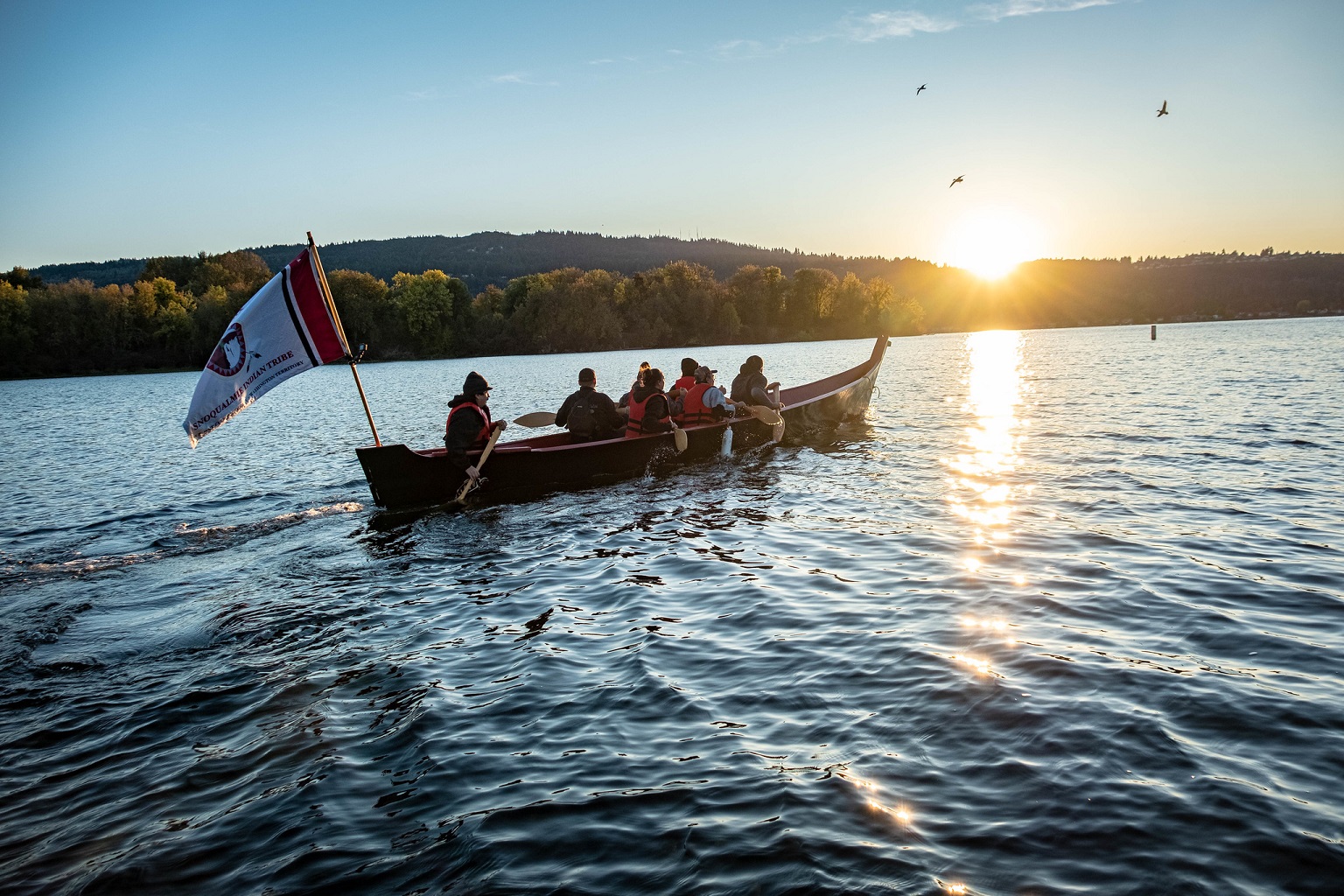Celebrating the history that shaped our region: Honoring Indigenous Peoples’ Day

Indigenous Peoples’ Day marks an opportunity to honor the traditions, languages, contributions, and stories that are intertwined with Washington state and King County. Across the state there are 29 federally-recognized tribes, and its largest city is named in honor of the Duwamish leader, Chief Sealth (Si'ahl). But Indigenous communities have experienced a history of violence, expulsion, colonialist policies, and a persistent erasure from many mainstream institutions.
For the Hazardous Waste Management Program, it’s critical to acknowledge this history while uplifting our shared commitment to environmental justice. Indigenous people — including Native American, Alaska Native, Native Hawaiian, and Pacific Island (Pasifika) communities — have been essential to preserving and protecting our environment. Here are a few ways the Program and its coalition of partners are honoring our region’s Indigenous communities.
Centering Indigenous knowledge systems
Indigenous culture teaches us that our research practices and data systems need to be community-defined if we’re going to achieve equity. Health and environmental research is an essential part of how the Haz Waste Program works. During a recent webinar with Abigail Echo-Hawk of the Urban Indian Health Institute, the Haz Waste Program discussed ways to incorporate indigenous knowledge systems into our programming — by promoting multiracial identities in our demographic surveys, encouraging data sovereignty, and engaging the community in the research process to make sure data reflects their values. Recognizing that Native and Indigenous communities — among other marginalized communities — are disproportionately affected by environmental injustices, our Program is committed to building stronger, more equitable research practices.
Partnering for outreach
Environmental toxins aren’t just hiding in cleaning products and pesticides. Some types of makeup contain toxic chemicals that can have serious health effects. Earlier this year, we partnered with United Territories of Pacific Islanders Alliance Washington (UTOPIA Washington), a nonprofit committed to supporting the region’s Pacific Islander and LGBTQIA+ communities, to launch an educational campaign about the toxins lurking in many popular makeup products called "Don't be Toxic." Featuring local Pacific Islander community members who identify as trans or queer, “Don’t Be Toxic” raised awareness about how to identify the safety of cosmetic products. Community member Paris Yandall used her platform and title as winner of the local Miss Island Goddess pageant to share her own safe makeup routine. The campaign is one small way the Haz Waste Program is working collaboratively with Indigenous leaders to fight for a healthier Puget Sound.
Fostering land stewardship
Local tribes hold a deep, collective knowledge of how all parts of our ecosystem are interconnected. Haz Waste, and many of its governmental partners, have been working with local tribes to apply this knowledge. The Shape Our Water initiative, by Seattle Public Utilities (SPU), engaged local communities to define its 50-year plan for the responsible stewardship of our regions drainage and wastewater systems. In an effort to engage historically excluded communities in the planning process, SPU hosted a fireside series called Moving Waters that included local tribal members who highlighted their relationships with water. They also highlighted stories about community-led conservation efforts, such as a restoration project near the Daybreak Star Indian Cultural Center in Discovery Park to reinstate sweetgrass. Sweetgrass used to grow plentifully throughout western Washington and was often used for weaving, before it was overtaken by invasive species and many Indigenous practices were erased by colonization.
Image courtesy of King County Parks

 Translate
Translate